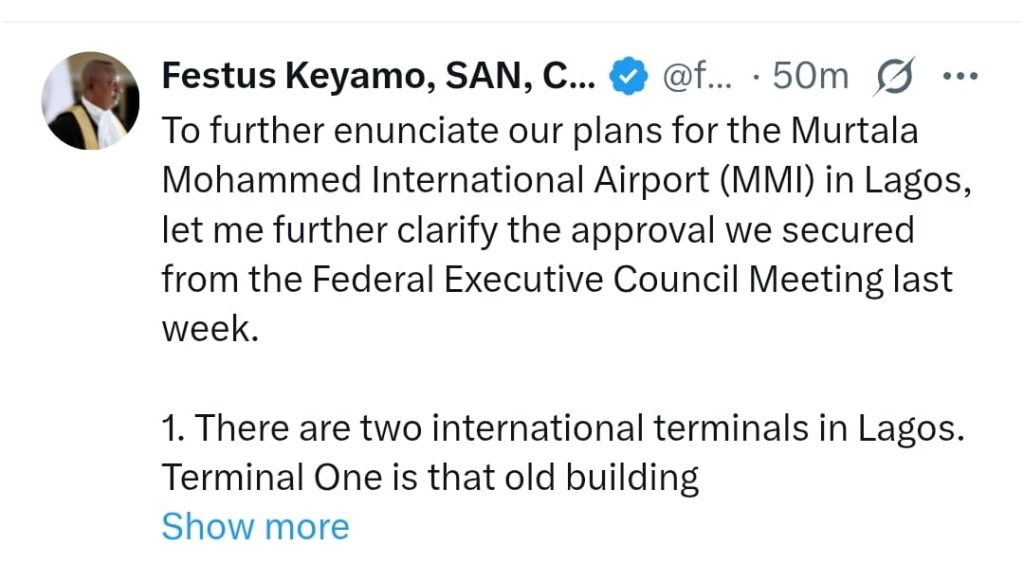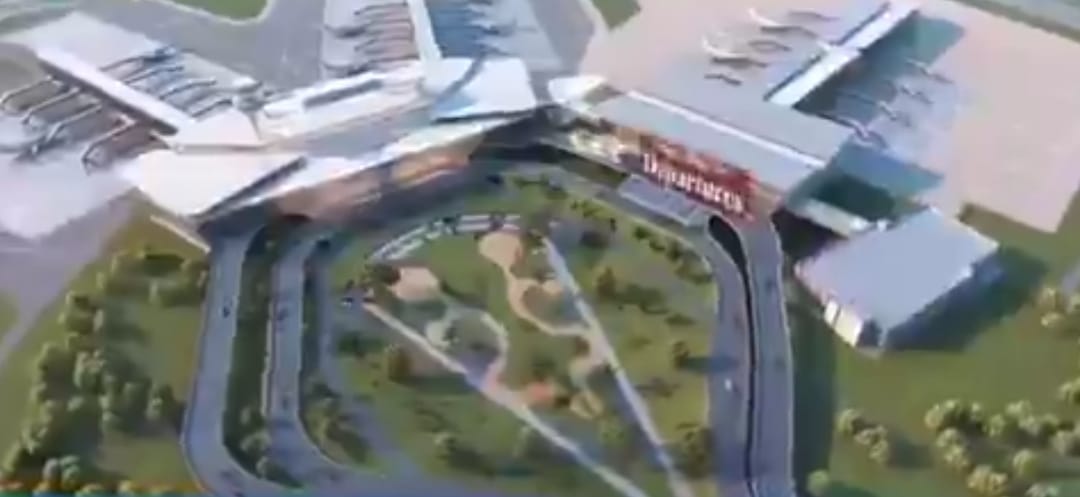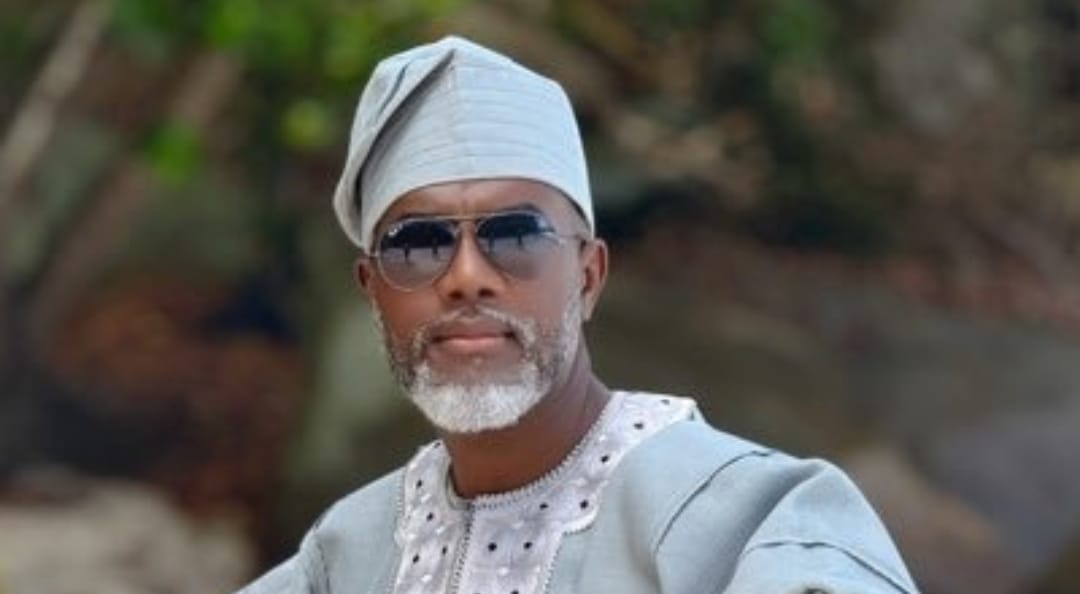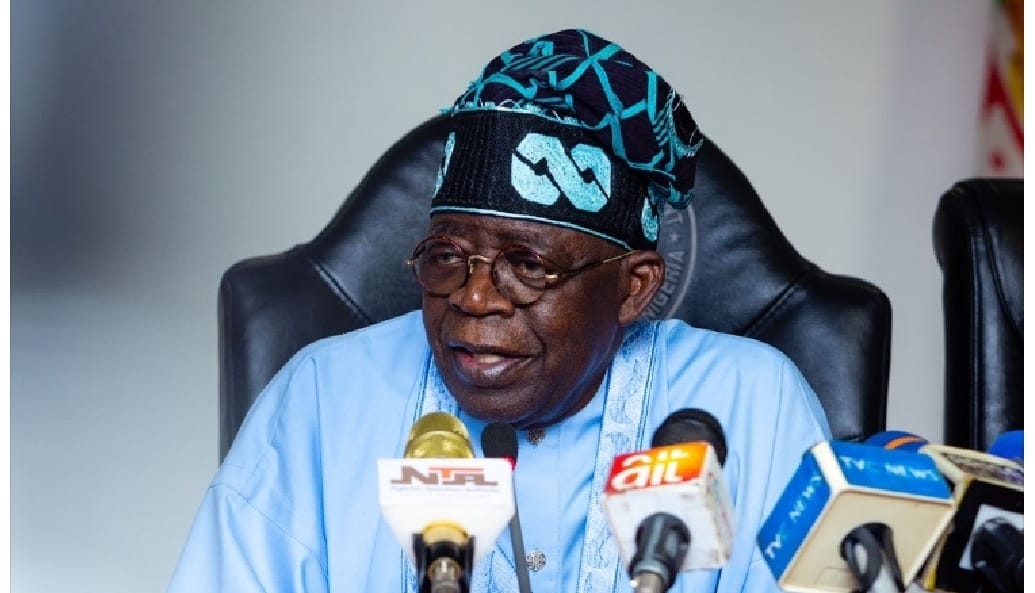The Minister of Aviation and Aerospace Development, Festus Keyamo, has provided detailed insights into the Federal Government’s ambitious plans to upgrade the Murtala Mohammed International Airport (MMIA) in Lagos, following the recent approval granted by the Federal Executive Council (FEC).
In a series of updates posted on his official X (formerly Twitter) account, Keyamo outlined a multi-phase redevelopment strategy aimed at transforming Lagos’ key international gateway into a modern, smart, and efficient facility, capable of meeting rising passenger demand and global standards—without resorting to foreign loans.
Two-Terminal Framework and Long-Awaited Modernisation
According to Keyamo, Terminal One, the iconic structure commissioned in 1979 during the Obasanjo-led military regime, has fallen into serious disrepair due to decades of neglect and traffic that has vastly outgrown its original capacity. This terminal includes Wings D and E.
“What we simply want to do is to totally strip down that building, including the entire roof… then re-design and build a brand-new airport for the nation,” Keyamo stated.
Terminal Two, the newer facility on the right-hand side of the airport entrance, was started during President Goodluck Jonathan’s administration with a Chinese loan and completed under President Muhammadu Buhari. It became fully operational during President Bola Tinubu’s first month in office.
Major Expansion Plans and Smart Infrastructure
Keyamo announced that Terminal Two would undergo a major expansion, including enlarging the apron area to accommodate more aircraft, including wide-body jets. Additionally, the ministry has secured FEC approval for:
Two new independent ring roads—one for arrivals and one for departures.
A new bridge that will directly connect travellers to the Departure Lounge’s upper floor, eliminating the need to manually lift luggage via escalators.
Integration of smart technologies to deliver a “world-class smart airport” experience.
“We are correcting legacy design errors… and we’ve introduced smart solutions to deliver a smart airport that can compete globally,” he added.
Keyamo emphasized that the project will not be financed through external loans, but rather by the Renewed Hope Infrastructure Development Fund—a strategic fiscal tool derived from the savings accrued through fuel subsidy removal.
“Nigerians will be proud of what we are going to deliver. This will not be done by a loan from anywhere,” he assured.
To promote transparency, the ministry plans to invite the media, civil society, and lawmakers to inspect the construction progress regularly.
Underutilisation in Other Cities
Keyamo also noted that while brand-new terminals exist in Kano, Abuja, and Port Harcourt, they are currently underutilized, operating at less than 30% capacity due to lower air traffic. In contrast, Lagos remains overstretched, making the upgrade essential.
The minister concluded by encouraging Nigerians to research the costs of similar airport projects across the world to appreciate the value and integrity maintained in the Lagos redevelopment process.
“The Bureau for Public Procurement did a fantastic job… and we are confident in the final cost structure,” he noted.
As construction begins, the federal government has pledged to deliver an airport that reflects national pride and infrastructure excellence.

Credit: @fkeyamo via x.com








Leave a Reply